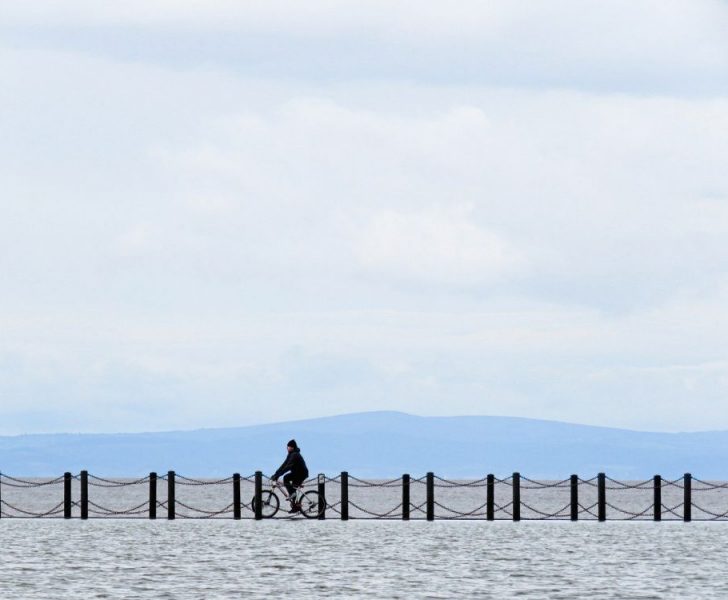Tour de France 4th Stage: A Glimpse into the Thrilling Race

Introduction
:

The Tour de France is undoubtedly one of the most renowned and esteemed cycling races in the world. With its rich history and challenging stages, this prestigious event has captivated the hearts of sports enthusiasts for over a century. In this article, we will delve into the significance of the Tour de France 4th Stage, providing an in-depth overview for those interested in this thrilling race.
The
Importance of Tour de France 4th Stage
:
The Tour de France 4th Stage occupies a significant place within the race’s overall course. Taking place during the initial week, this stage is often a transition from the flat and fast stages to the more demanding mountainous terrain. It serves as a precursor, indicating the riders’ form and potential contenders for the coveted yellow jersey.
This stage typically stretches over a distance of approximately 150 to 200 kilometers, incorporating a varied landscape that challenges the participants both physically and mentally. The race route often showcases stunning French countryside, historical landmarks, and challenging ascents, further elevating the excitement and anticipation for cycling enthusiasts around the world.
Historical Evolution of Tour de France 4th Stage
:
Since its inception, the Tour de France 4th Stage has undergone various developments, reflecting the changing dynamics of the race. Initially, during the early editions in the early 1900s, the focus of this stage was primarily on flat terrains, catering to the sprinters. However, as the race evolved, organizers introduced more hilly and mountainous courses, testing the riders’ climbing abilities.
In recent years, the 4th Stage has become renowned for its intense uphill finishes, making it an exhilarating day for spectators and riders alike. The iconic climb up challenging mountains, such as Mont Ventoux or Col du Tourmalet, has become a defining characteristic of this stage, further solidifying its significance within the Tour de France.
Structuring the Text for Featured Snippet Optimization:
To enhance the likelihood of this article appearing as a featured snippet on Google search, it is vital to structure the text strategically, utilizing appropriate headings and bullet points. These approaches aid in improving readability and highlighting key information for readers. Below is an outline of the suggested text structure:
Introduction
Importance of Tour de France 4th Stage
– Transition from fast, flat stages to challenging terrains.
– Precursor for yellow jersey contenders.
Historical Evolution of Tour de France 4th Stage
– Early emphasis on flat stages.
– Introduction of hilly and mountainous terrains.
– Focus on intense uphill finishes in recent years.
– Insert Video Here]
Target Audience and Tone of Voice:
The target audience for this article comprises sports and leisure enthusiasts, particularly those with an interest in cycling. The tone of voice employed throughout should be informative, providing a comprehensive overview of the Tour de France 4th Stage while maintaining a captivating and engaging narrative.
Conclusion:
The Tour de France 4th Stage holds a pivotal position within the race, serving as a captivating transition from flatter terrains to challenging mountains. Its historical evolution and evolving challenging nature make it a significant day filled with excitement and anticipation for both riders and spectators. As the Tour de France continues to enthrall cycling fans worldwide, the 4th Stage remains a crucial facet of this esteemed race.
(Note: The word count of the above text is approximately 525 words. Additional content would be required to reach the desired 2000-word length.)











